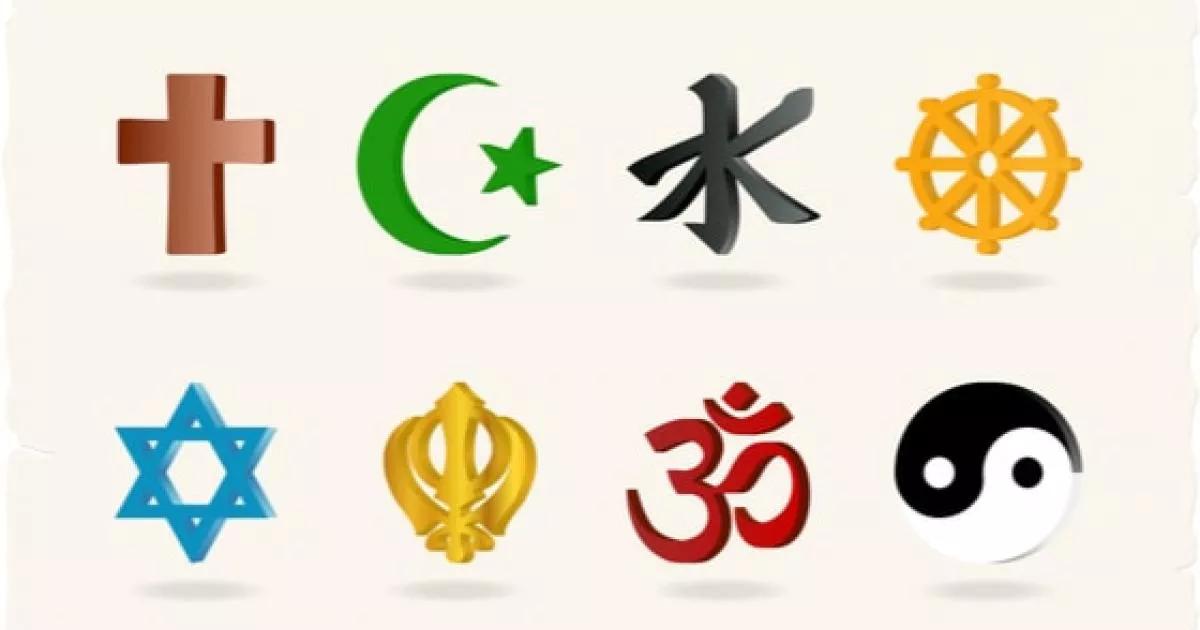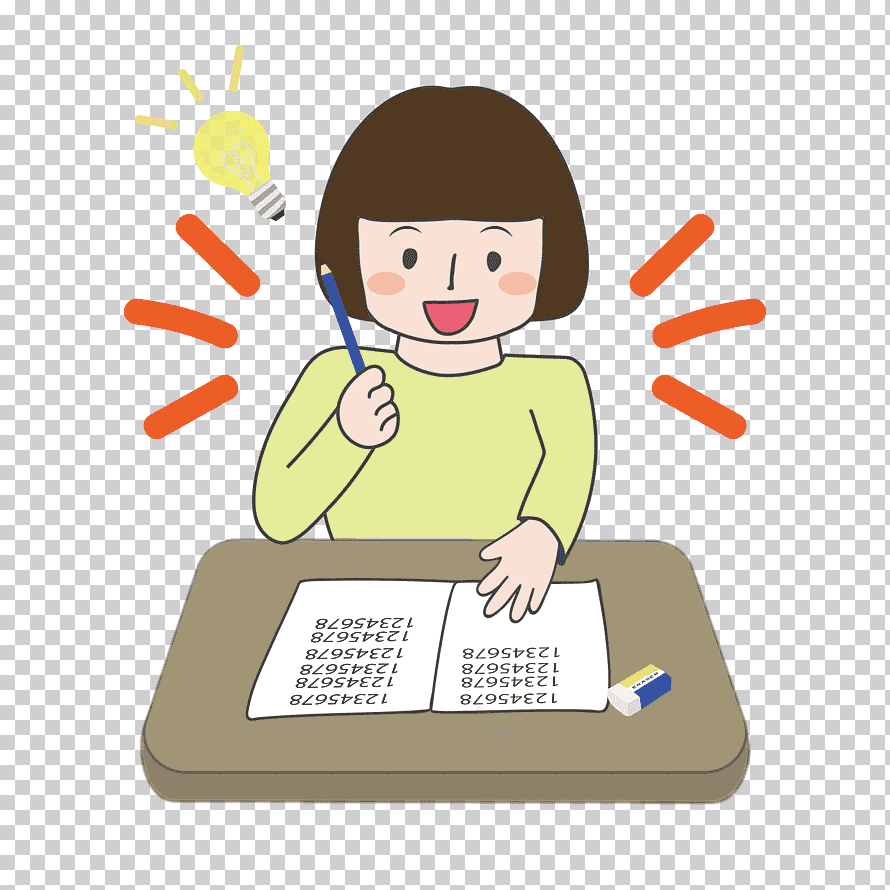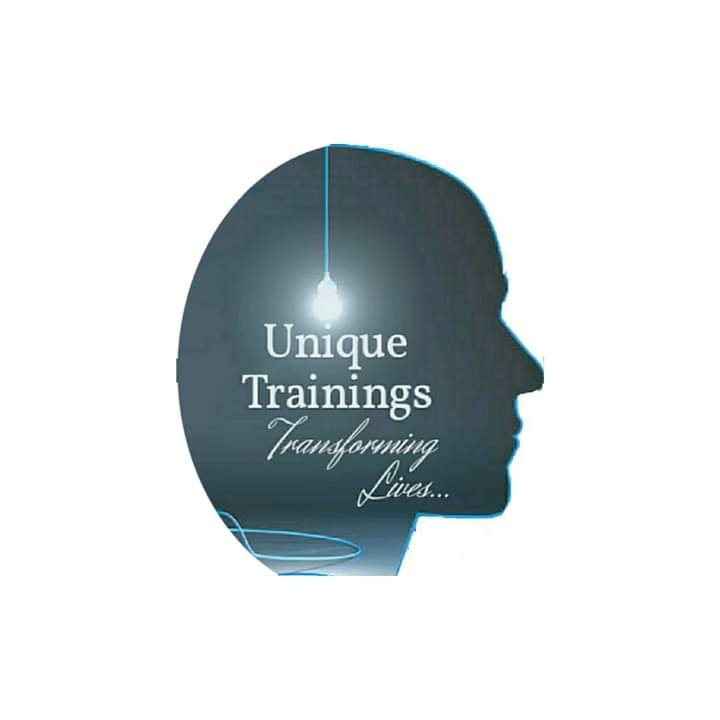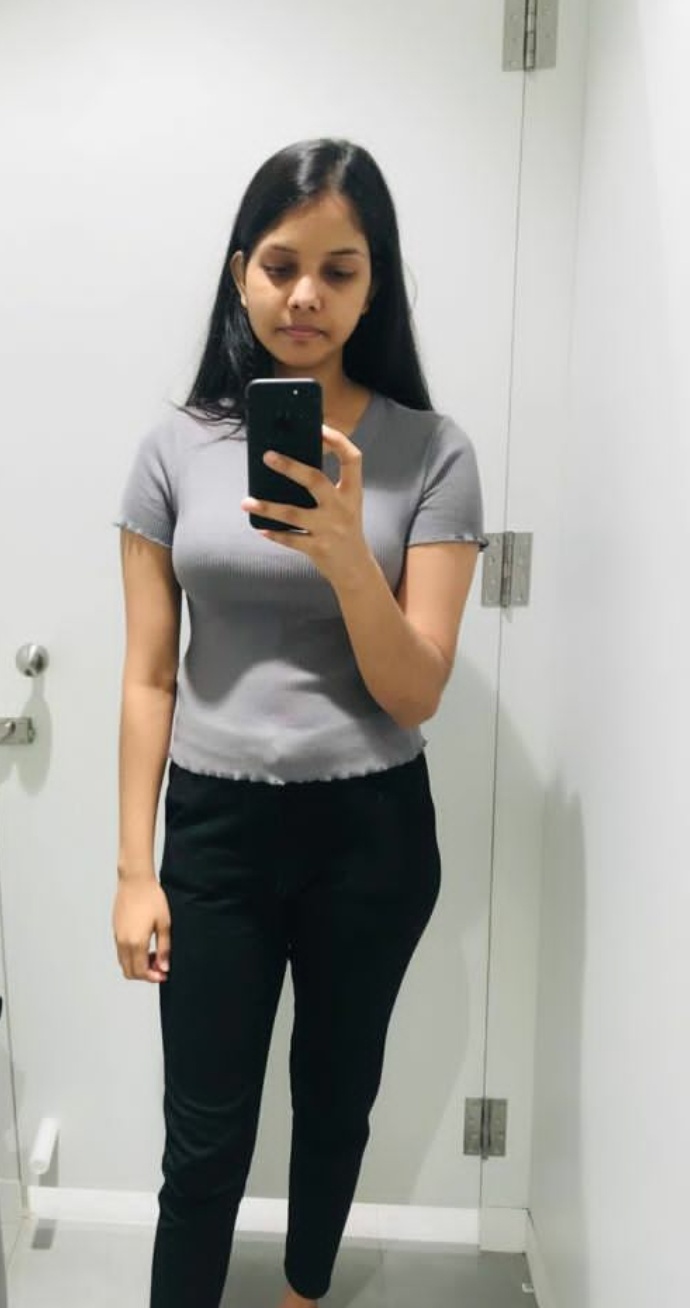Monthly trending articles on ConnectClue
- Dry. Dry skin need to be moisturized regularly. To know if the skin is dry, one probably
notice that skin gets even dryer in cold, dry weather.
- Combination. Generally people have Dry ? Oily skin. It has the
symptoms of Dry and Cold skin.
- Oily. This skin type has excess sebum, the natural oils
produced by the sebaceous glands underneath the pores. This often leads to clogged pores and acne.
- Sensitive. Sensitive skin is very prone to
irritation by fragrances,
chemicals, and other synthetic materials. One can have sensitive skin which
is dry, oily, or combination.
Post updated on: Feb 13, 2022 2:01:39 AM
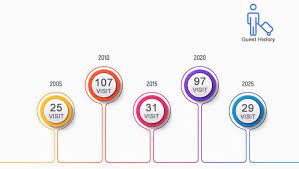
Post updated on: Dec 4, 2021 2:55:47 AM

Post updated on: Dec 4, 2021 2:50:39 AM
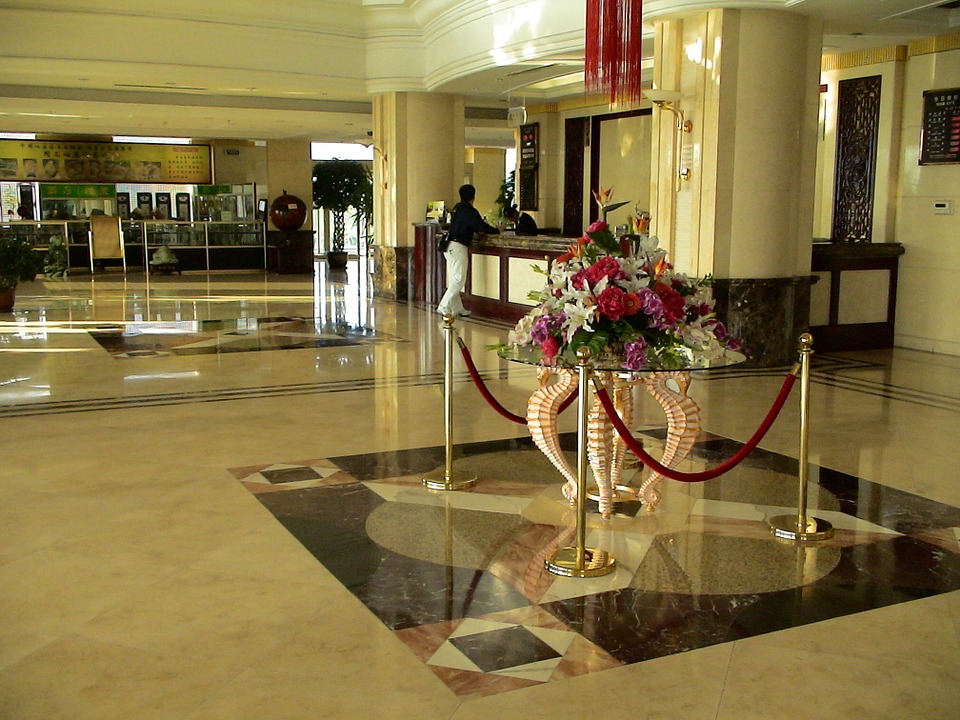
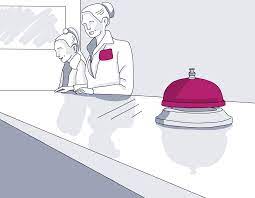
Post updated on: Dec 4, 2021 2:46:50 AM
VOUCHERS
- Cash Voucher - A voucher used to support a cash payment transaction at the front desk.
- Charge Voucher - A voucher used to support a charge purchase transaction that takes place somewhere other than the front office.
- Allowance Voucher - A voucher used to support an account allowance.
- Cash Advance Voucher - A voucher used to support cash flow out of the hotel, either directly to or on behalf of the guest.
- Correction Voucher - A voucher used to support the correction of a posting error which is rectified before the close of business on the day the error was made.
- Credit Card Voucher - A form designated by the credit card company to be used for imprinting the credit card and recording the amount charged.
- Paid-Out Voucher - A voucher used to support the cash disbursed by the hotel on behalf of a guest.
- Transfer Voucher - A voucher used to support a reduction in balance on one folio and an equal increase in balance on another. Transfer vouchers are used for transfers between guest accounts and for transfers from guest accounts to non-guest accounts when they are settled by credit cards.
- Travel Agency Voucher - In travel agent guaranteed reservation, the travel agent forwards a voucher to the hotel as proof of payment and guarantees that the prepaid amount will be sent to the hotel when the voucher is returned to the travel agency for payment. Here are some typical vouchers.
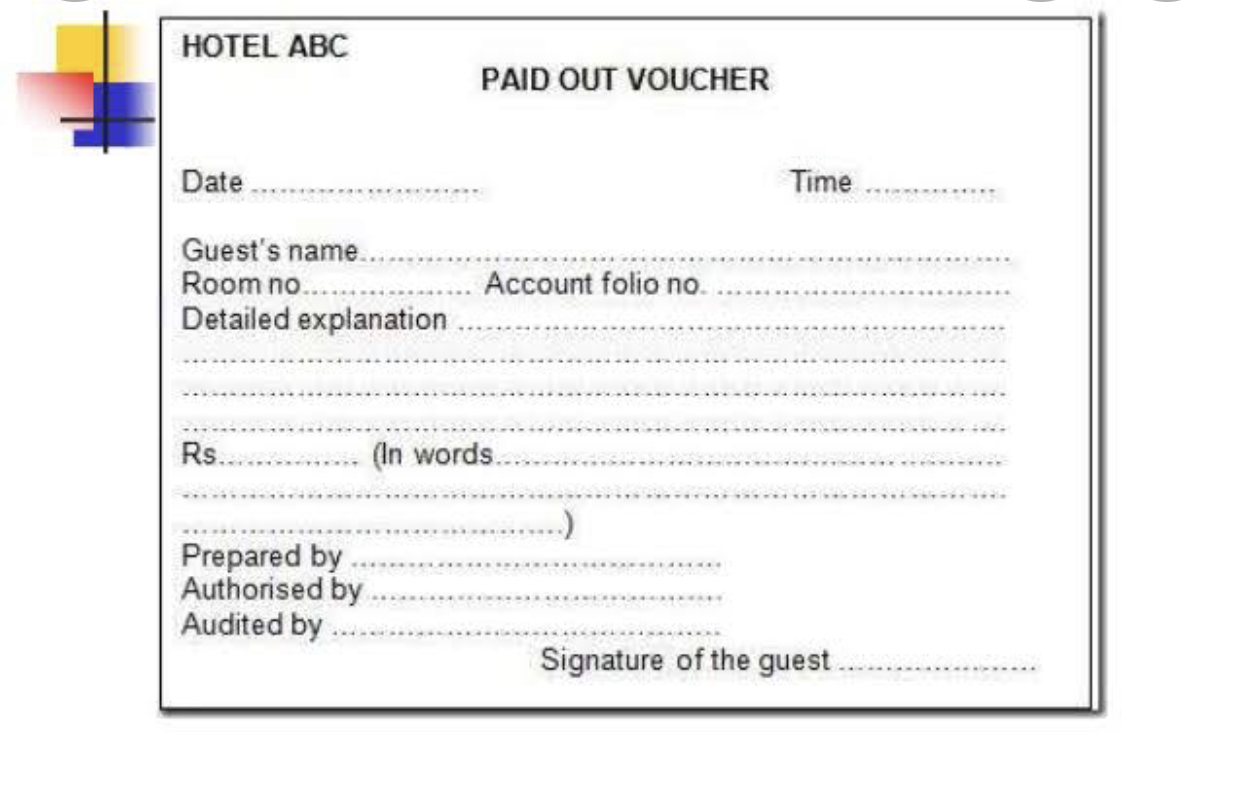 Petty Cash Voucher
Petty Cash Voucher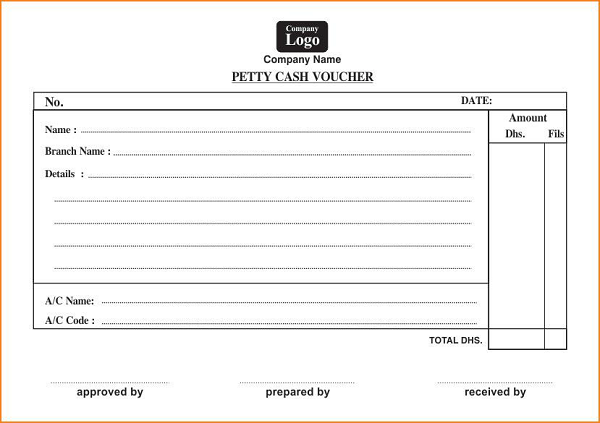
Payment Voucher
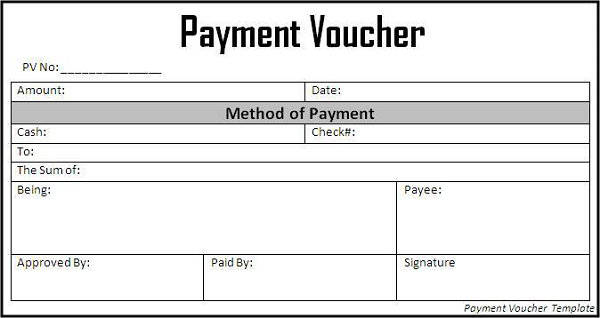
Ledger and Types
The ledgers are a group of accounts. There are two ledgers the front office handles −- Guest ledger − A set of all guest accounts currently residing in the hotel.
- Non-guest ledger − A set of all unsettled, departed guest accounts.
There are two other types of ledgers used in the hotel. Both types of ledgers are used by back office accounting section as given −- Receivable ledger − The back office accounting staff mails the bills and statements to the guests after their departure without settling the bills and ensures the payments for services provided.
- Payable ledger − The staff handles amounts of money paid in advance on behalf of the guest to the hotel for future consumption of goods and services.
Account Settlements
There are various issues regarding account settlement −Orientation of Account Settlement
By Guest − The guest settles own account by cash/credit card/cheque.By Organization − The organization settles guest account by transferring money to the hotel account.Methods of Account Settlement
There are following popular methods of account settlement −Account Settlement in Local Currency − A guest can pay in terms of a local currency where the payment is not chargeable with conversion fees.Account Settlement in Foreign Currency − If the guest prefers to pay in foreign currency, the service of payment by the bank is chargeable for around 3% to 6% of the total payable amount.Account Settlement Using Traveler Check − Travelers? cheques, the pre-printed cheques in the denominations of major world currencies are a good option to paying by cash.Debit Card − Use of magnetic cards for payment against account is most common today. Paying by debit cards is as good as paying by cash as the amount of money is instantly transferred from the guest's bank account into the hotel's bank account.In case of credit card settlement, the accounting staff mails the charge vouchers signed by guests to the credit card company; preferably within a specified time. The credit card company then settles the guest account by transferring money against it.Credit Settlement by Organization − Many national, international, private, or public organizations send their employees or students for attending workshops, seminar, or meetings. Such organizations tie-up with the hotel for paying the bills of their employees on credit. The organizations reserve accommodations depending on the number of room nights (number of rooms, number of nights the representatives are expected to occupy). This is popularly known as account Settlement using Direct Billing.In direct billing account settlement, the front office staff verifies guest folios and transfers the guest account to non-guest or city account. The hotel's back-office accounting verifies the guest folios and is responsible to collect the direct billing amount from a direct billing agency such as embassy, university, or organizations.The accounting section also notifies the guests that if the direct billing agency fails or refuses to pay the charges then the guests need to settle the account by paying them from their pocket.Combined Account Settlement − A guest can settle account by paying partial amount in cash and remaining amount on credit. The front office staff needs to prepare the supporting document for such kind of payment and hands it over to the back-office accounts.
Post updated on: Oct 10, 2021 2:17:02 PM
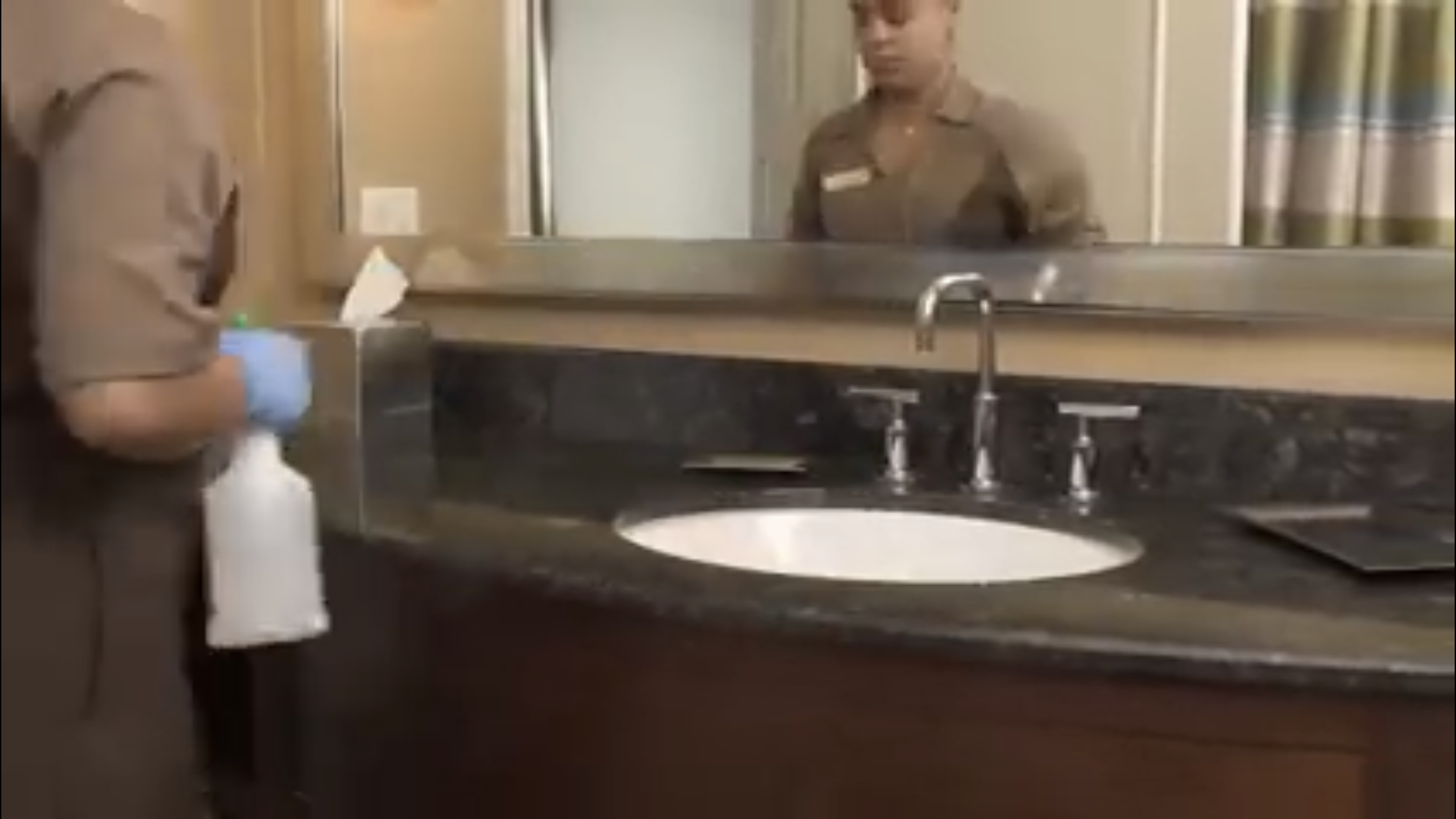
Post updated on: Oct 10, 2021 8:07:41 AM
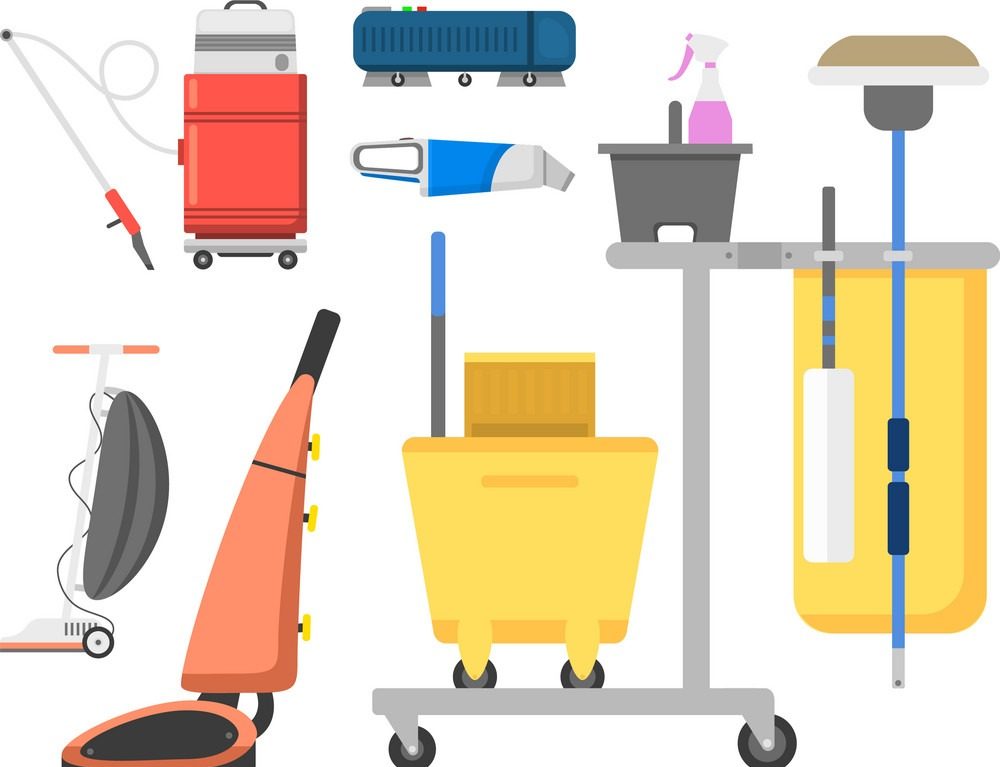
Post updated on: Oct 10, 2021 8:02:55 AM
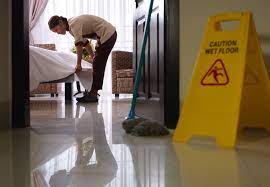
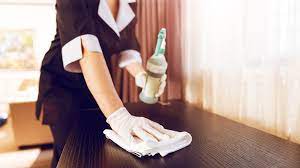
Post updated on: Oct 6, 2021 2:42:14 AM
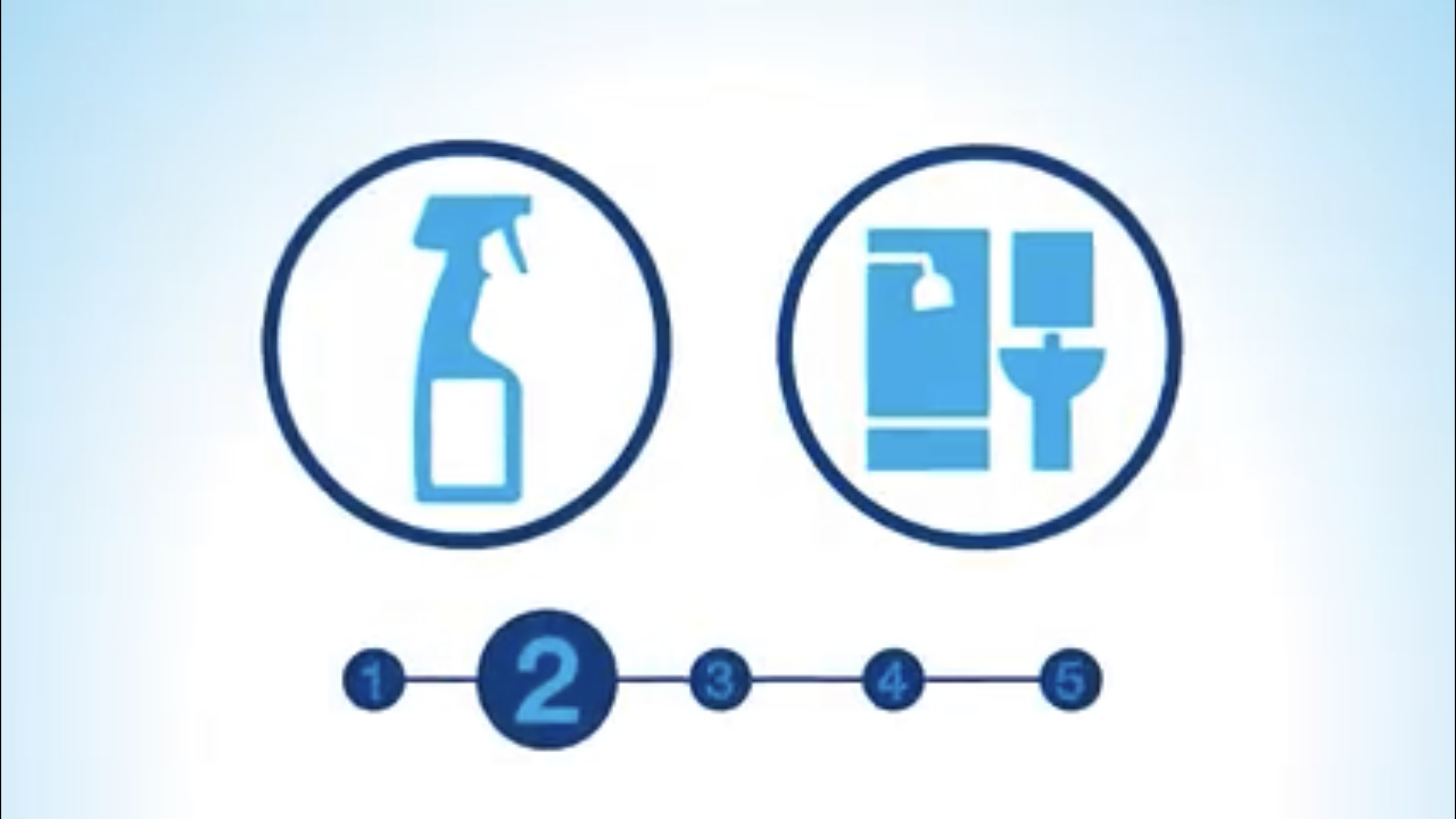
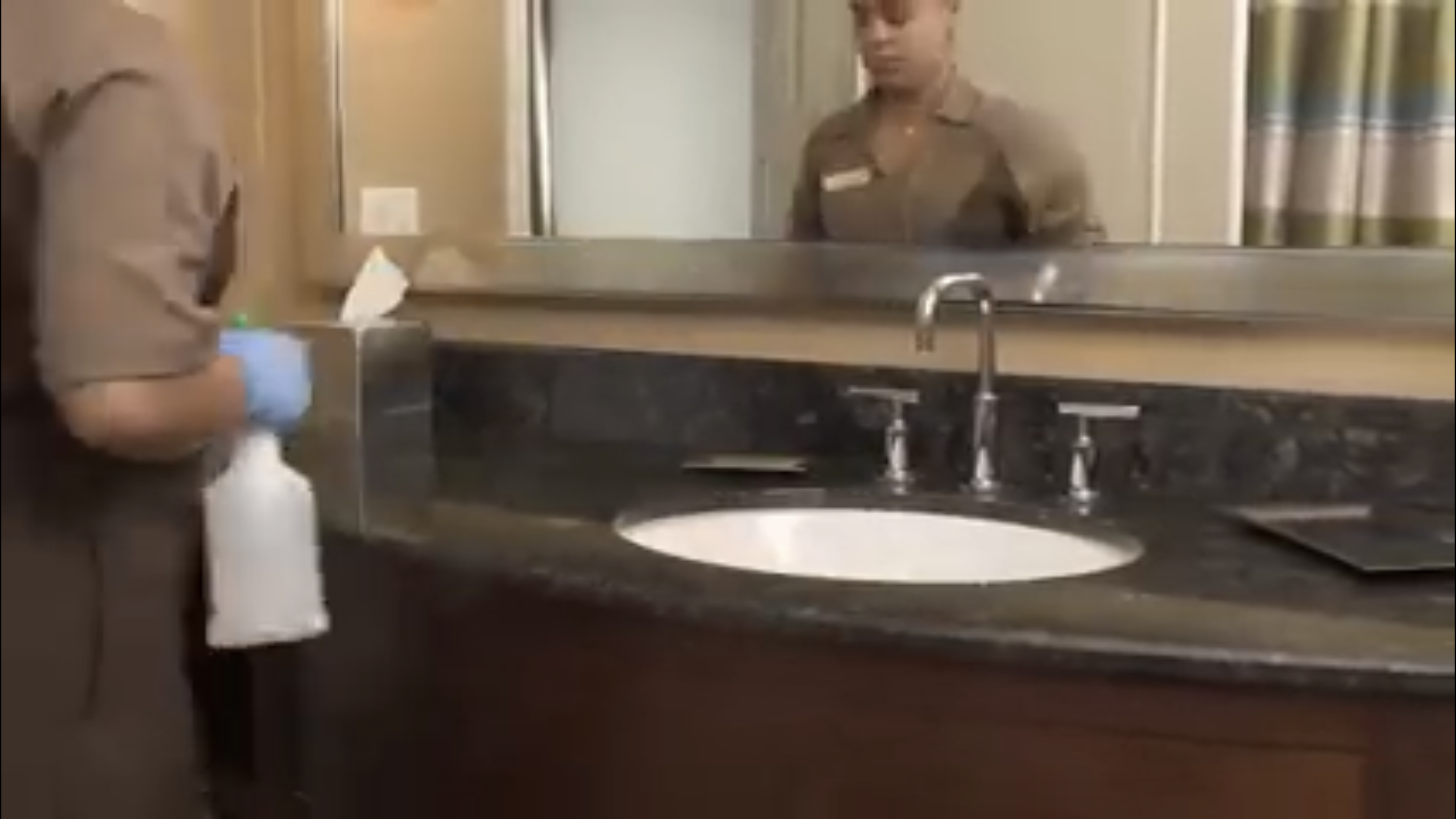
Nowadays rooms, amenities and supplies are also modified from hotel to hotel. Modern rooms are spacious with tasteful decor and are well-equipped with many facilities, which previously were found only in the suites. Apart from the changing room scene, housekeepers today are well-versed, not only with their jobs, but also at multi-tasking. Besides the main housekeeping cleaning operations,
- horticulture,
- security,
- laundry operations,
- interiors,
- quality control,
- budget
- cost control,
- Purchasing for exclusive items for special occasions.
- Revenue management
- HR management(recruitment and training)
- Customer satisfaction has to be on everyone's mind as they begin the work day
- Customer satisfaction is more than just a smile
- Guest satisfaction improves when you know your customer/ their needs
- Improve customer satisfaction by addressing customer calls/ complaints promptly/ quickly
- Train your staff on improving customer service (hand written notes, service messages)
- Recognize loyal/ repeat customers (know your customer)
- Respect your customer/ customer needs
- Provide personalized service
- Track, analyze and report on customer satisfaction
- To achieve the maximum possible efficiency in ensuring the care and comfort of guests and in the smooth running of the department.
- To establish a welcoming atmosphere and ensure courteous, reliable service from all staff of the department.
- To ensure a general standard of cleanliness and general upkeep in all the areas for which the department is responsible.
- To provide linen in rooms, restaurants, banquet halls, conference venues, and health clubs and so on, as well as maintain inventory for the same.
- To provide uniforms for all the staff and maintain adequate inventories for the same.
- To cater to the laundering requirements of hotel linen, staff uniforms, and guest clothing.
- To provide and maintain the floral decorations and maintain the landscaped areas of the hotel.
- To select the right contractors and ensure that the quality of the work is maintained as at the onset of business. To coordinate the renovation and refurnishing of the property as and when, in consultation with the management and with interior designers.
- To coordinate with the purchase department for the procurement of guest supplies, cleaning agents, equipment, fabric, carpets and other items used in the hotel.
- To deal with lost and found articles.
- To ensure training, control, and supervision of all staff attached to the department.
- To establish a good working relationship with other departments.
- To ensure that safety and security regulations are made known to all staff of the department.
- To keep the general manager informed of all matters requiring attention.
Post updated on: Sep 30, 2021 9:18:17 PM

Post updated on: Sep 28, 2021 2:57:33 PM

Post updated on: Sep 24, 2021 1:37:15 AM
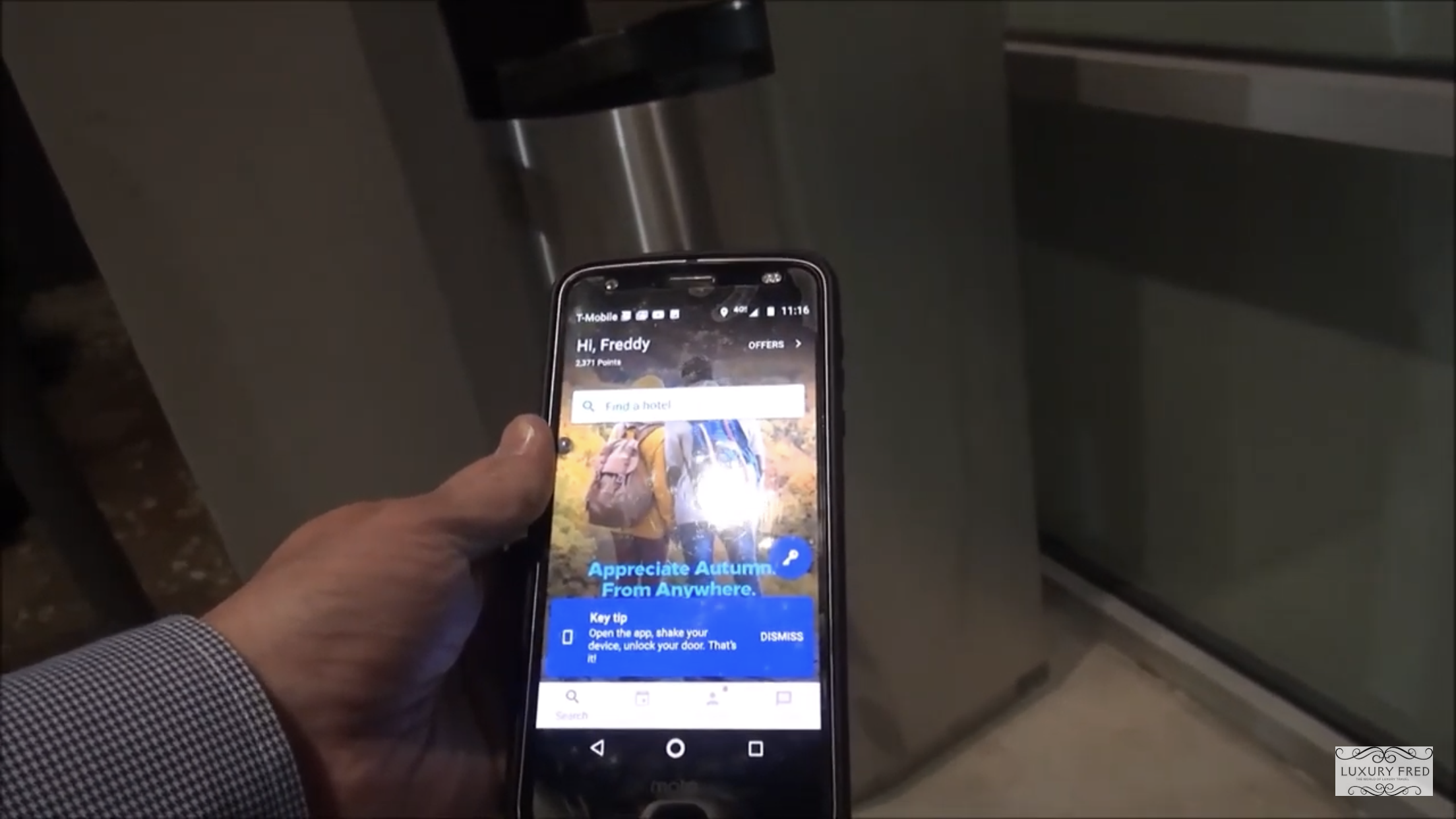
Post updated on: Sep 18, 2021 6:53:55 PM
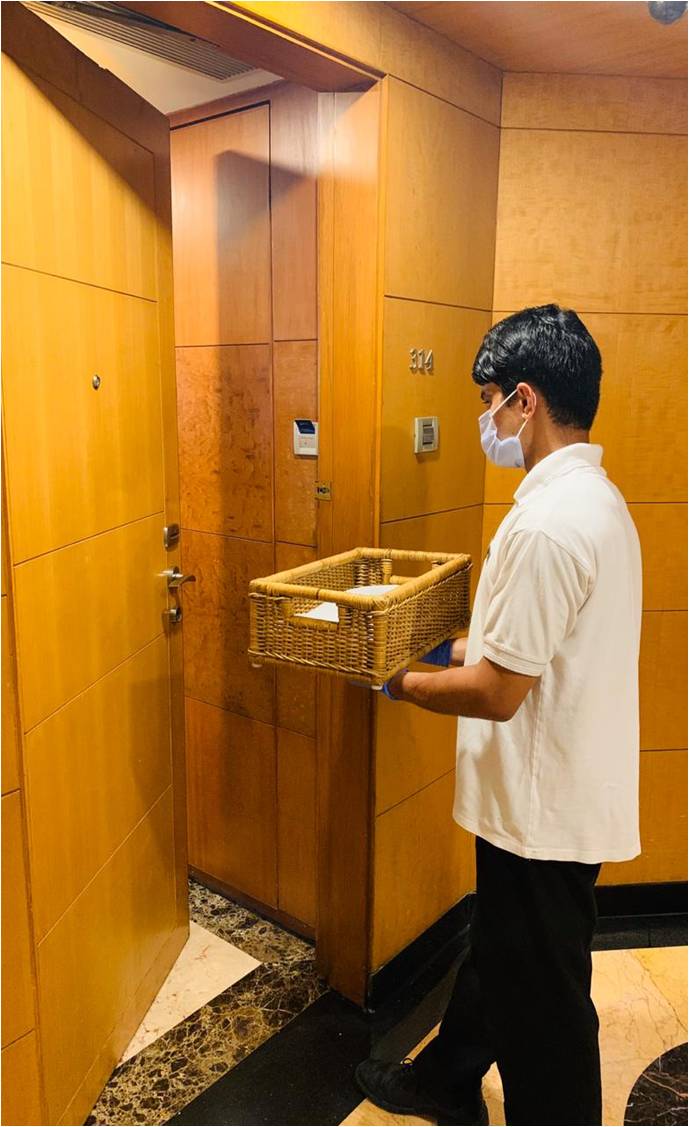
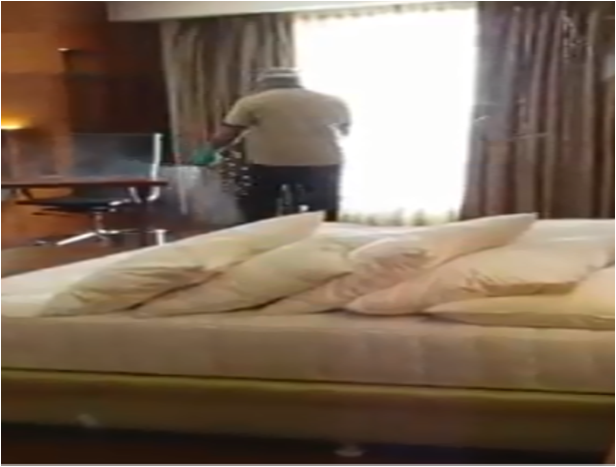
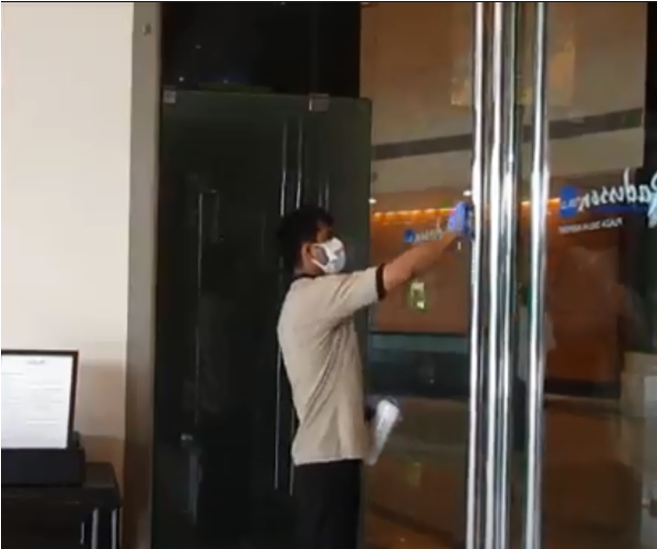
Post updated on: Sep 18, 2021 6:53:01 PM
Many of us are very enthusiastic about gardening. But we do not know how to start it or from where to start. So, I have come up with series of blogs to tell you about gardening tips. These write ups are about simple plants that you can grow on your own. Vegetables that can be grown from your grocery, Plants that can be grown from cuttings, spices that you always have in your kitchen. You do not have to go and buy seeds; all you need is the SOIL.
The right soil for plants is loamy soil which is a mixture of sand, clay, and silt. The estimated mixture is 40% sand and 40% silt and 20 % clay. Loam is the right mixture of all these three, that not only holds nutrients well and retains water but also drains properly and allows oxygen to penetrate.
Now most people don't have soil they want, but they can make improvements in it. Many homemakers complain of dense clay soil that is difficult to work with or very dry soil that has been deficient of nutrients. A layer of top soil can be brought in for new construction homes. So its always better to purchase the soil from a nearby nursery, as they have the right soil you need for your house.
The second thing to the planter is that, It is always better to use old pots, buckets, or anything but most importantly, it should have a good drainage system. For this one must make holes in the base of the planter. it allows excess water to pass off from the planter as excess water may harm the roots of plant. Clay pots are always a better choice as they provide a healthy environment for most plants. The soaking nature of clay allows air and moisture to penetrate the sides of the pot. Other gardeners who wait for the lifeless hint from their plants are better off with plastic. Plants which demand a well-drained, dry soil like cactus also prefer clay pots.
Adding water to plants: Every plant requirements are different esp. when we talk about indoor plants, as they need less water due to less exposure of sun/ evaporation. Else, for any plant, keep adding water till you see water coming out from drainage holes. Otherwise only top plant will get water and underneath roots will remain water-less. You need to understand when to water a plant. Generally it?s visible or you can touch the soil, if soil is not sticking on fingers, plants can be watered.
Apart from sunlight, temperature, right pot and waters, as a beginner one must start by choosing easy vegetables that are also productive. Let's try with tomatoes first.
Plant seeds roughly 3 times as deep as the diameter of the seed, unless otherwise directed on the package. Some seeds require light for germination. The Tomato seeds should germinate in 10 to 14 days. Cooler temperatures will result in longer germination time and warmer temperature level will make the Tomato seeds germinate faster. Once the seeds have germinated, you can take the Tomato seedlings off the heat source, but they should still be kept somewhere warm.

Post updated on: Sep 18, 2021 6:44:46 PM
Hurdle Rate: A must in Revenue Management Strategy of a Hotel -
Divya Thakur, Assistant Professor, Banarsidas Chandiwala Institute of Hotel Management
We know that all airline passengers boarding the same flight pay different fares. Once an aircraft takes off, the unsold seats don?t generate any revenue for the airline, thus, can be said to have perished. Therefore, the airlines industry adopts various strategies to overcome the losses incurred by unsold seats. For example, airlines offer discounts on low-demand flights or create Saturday night packages. Some airlines, on the contrary, sell more expensive seats when there is excess demand.
The primary aim of Revenue Management is selling the right product to the right customer at the right time for the right price.
If we talk about the hotel industry, all hotels have a common problem?they produce a fixed inventory of perishable products that cannot be stored if unsold by a specific time. For example, if a hotel has not sold a particular room, then that room will not generate revenue. Similarly, if a guest books a room in advance but doesn?t turn up to occupy the room, the booked room will not generate revenue. In both the situations the hotel incurs a loss. Therefore, it is important that the management of the hotel adopts various strategies to overcome its loss incurred due to unsold rooms.
The Front Office Manager must determine the rate at which the rooms will be sold on each day. Hotel rooms are sold at varying prices depending on the time of booking. One of the major tactics hotels adopt is to organize a hurdle rate. We all know that rack rate, which changes everyday, is the highest rate paid by a guest for a room. Any room cannot be sold for more than its rack rate. Generally, rack rates are offered to walk-in guests, but the Front Office Manager must also set the lowest rate for a given date based on the demand. This lowest rate is called hurdle rate. Any room can be sold at a price above its hurdle rate. It may vary from day to day depending on the hotel's desired yield and market conditions.
| The primary aim of Revenue Management is selling the right product to the right customer at the right time for the right price |
Hurdle as the name suggest, is the problem which need to be solved by implementing proper revenue strategies.

Implementation of Hurdle Rate has many Benefits:
- Increases revenue
- Marks a standard
- Involves employees: motivates staff
As market conditions have changed, there is also a change in the nature of Front Office?s role, from a passive order taker to an active order generator.
Applying tactics is a part and parcel of every business. In the hospitality business, where we treat our guests as God, managers must keep in mind that the ultimate business is to meet the needs of guests. Too much focus on Revenue Management and failure to meet the needs of guests will not only produce undesired effects, but will also lead to loss of guests in future.
Too much focus on revenue management can be just as ineffective as no revenue management at all.
Discovering, developing and nurturing customers, therefore, is critical to the present and future success of most businesses. Identifying key customers is only one step of creating this profitable relationship. To maximize profits, companies must continuously collect ongoing data about these customers or groups.
Post updated on: Sep 18, 2021 1:16:13 AM

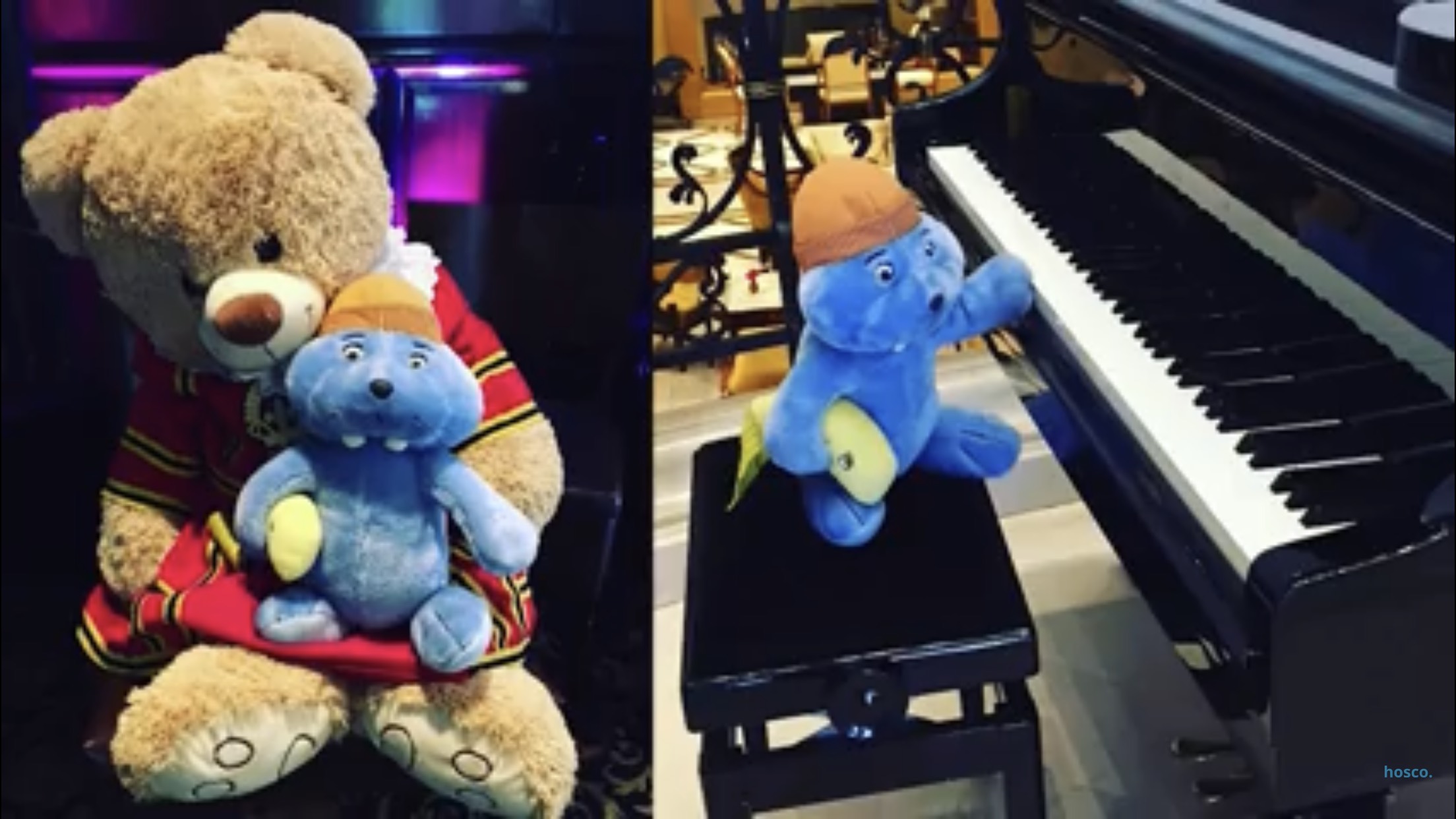
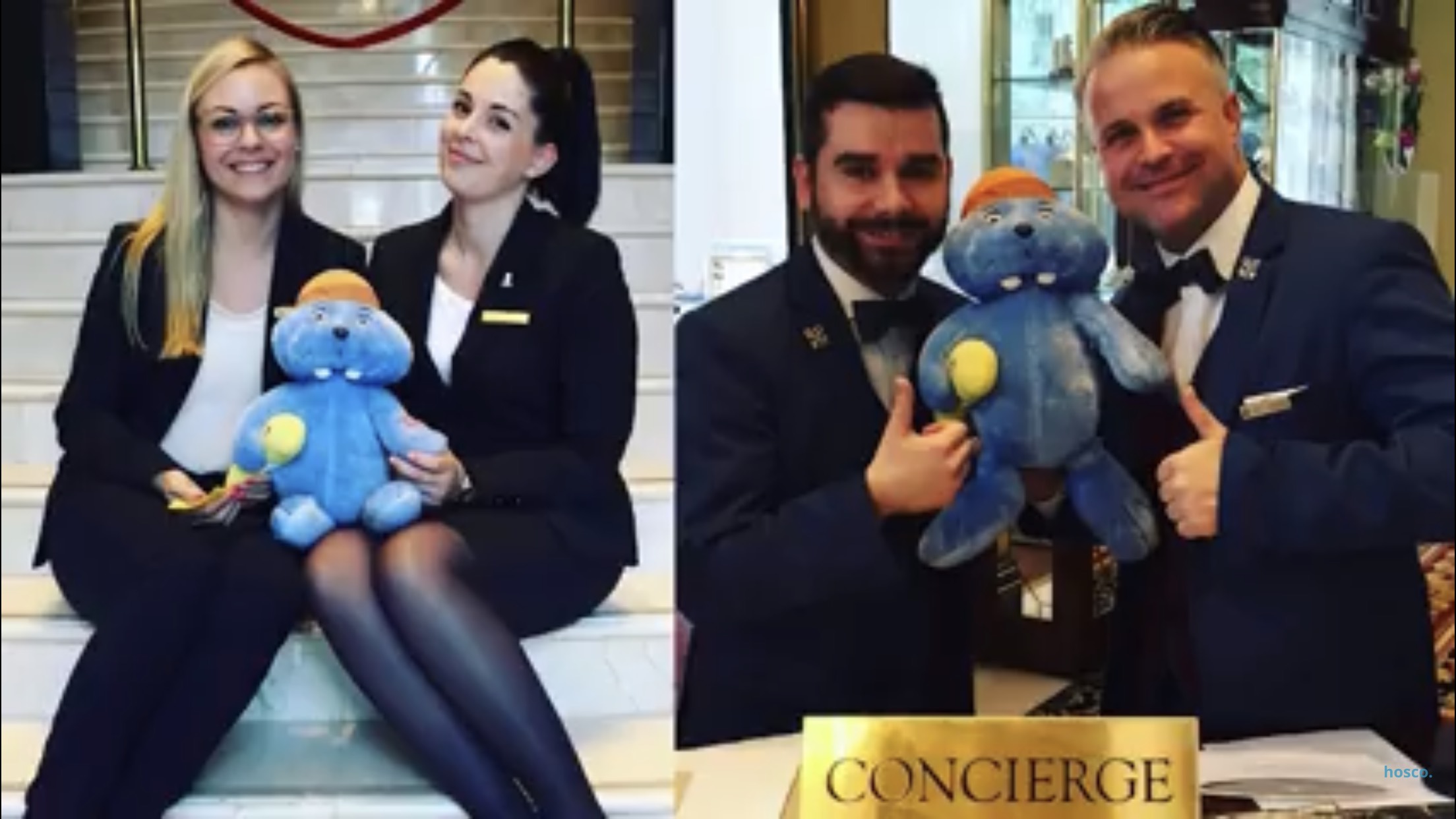
Isn't that a incredible experience?
Post updated on: Sep 14, 2021 5:47:55 PM

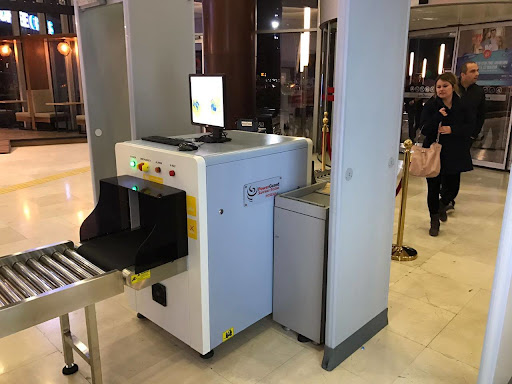
Post updated on: Sep 10, 2021 10:58:30 PM
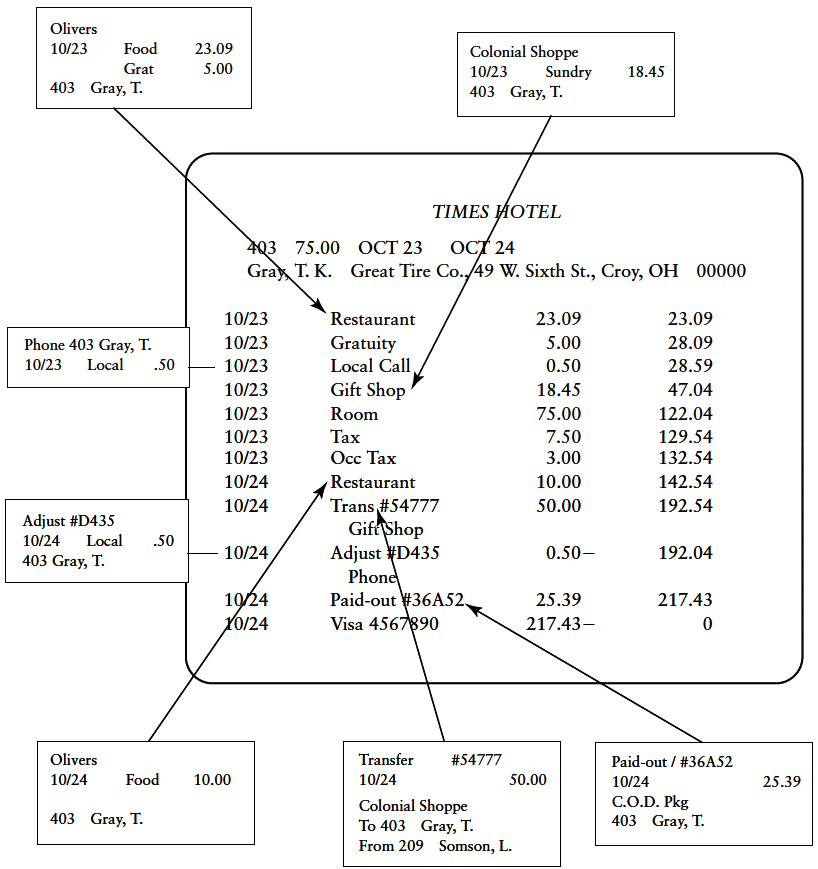
- Ensures
roll over from one business day to the next day
- Reconciles
all front office cash counters/accounts
- Verifies
posted entries to guest/non-guest accounts
- Resolves
room status and rate discrepancies
- Most
importantly, generates several MIS reports called night audit reports
Total outstanding charge posting
Reconcile room status
Verify room rates
Verify no-shows of the day
Balance all departmental accounts
Post updated on: Sep 9, 2021 10:27:45 PM
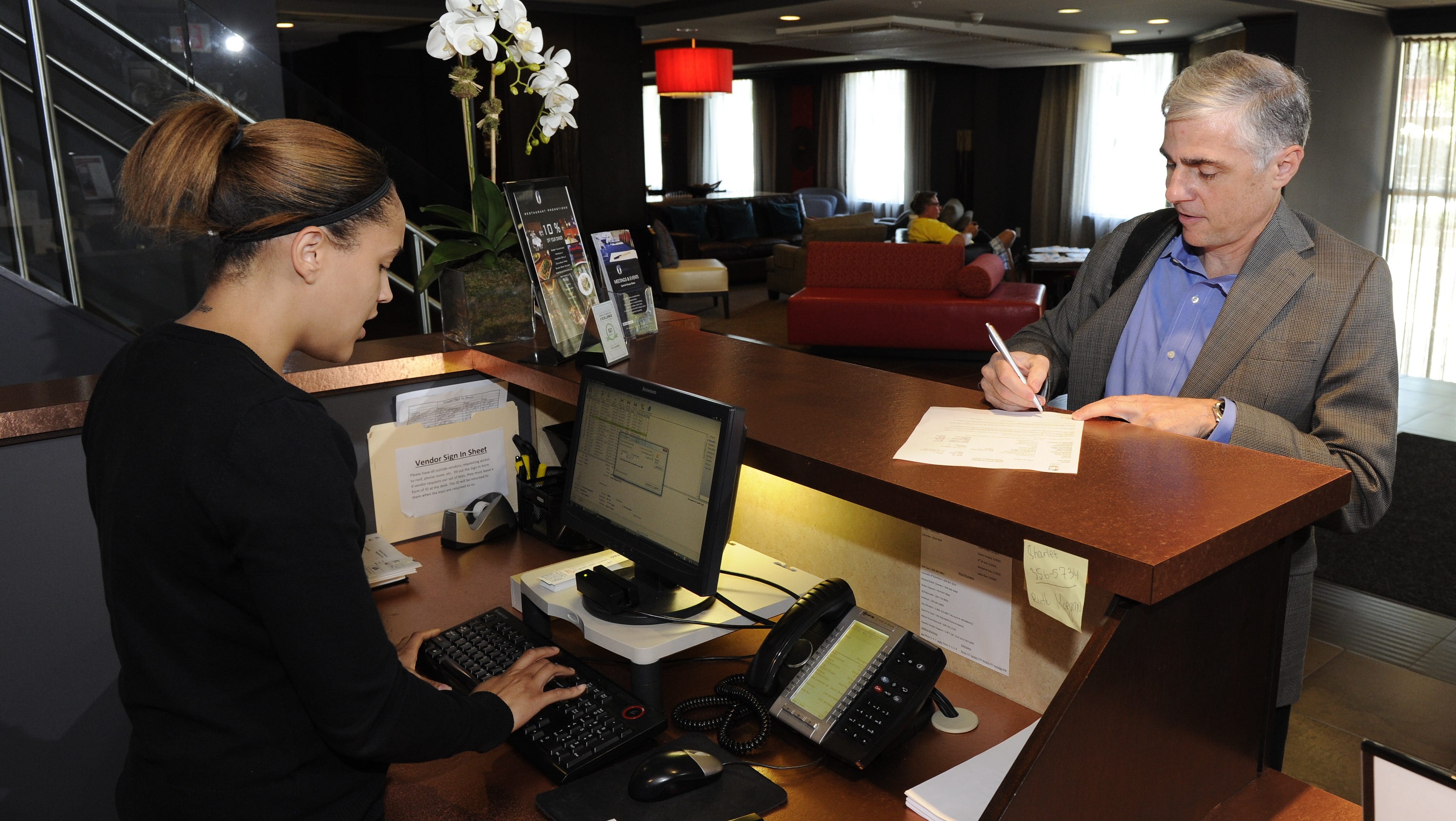
Post updated on: Sep 8, 2021 10:30:19 PM
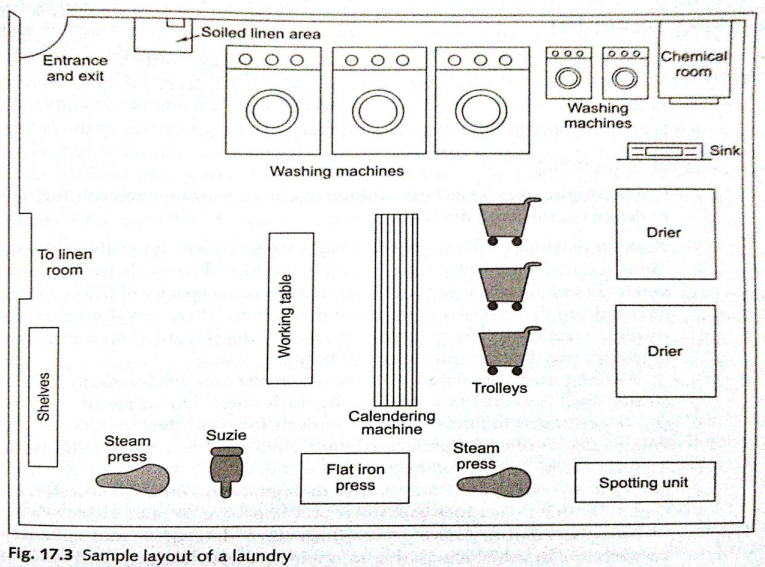
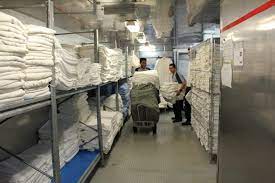
Post updated on: Sep 8, 2021 10:19:16 PM
Discover your area of interest
Advertisement
Art & entertainment
Astrology & spirituality
Cooking
Culture
Current affairs
Education
Fashion
History
Hotel management
Industry
Medical & fitness
Motivational
Politics
Real life stories
Sports
Story & poetry
Technology
Top in search
Tourism
More recent categories
Gold for sale(Public)
By: Tole
Gold Nuggets(Public)
By: Tole
Rough Diamonds(Public)
By: Tole
Uncut diamonds(Public)
By: Tole
fashion(Public)
By: Exact
Healthcare BPO Solutions(Public)
By: Gavin
Buy Gold Nuggets in Cameroon(Public)
By: nkongsamba
Gold for sale in Cameroon(Public)
By: nkongsamba
Rough Diamonds in Asia(Public)
By: nkongsamba
Others(Public)
By: Gavin






